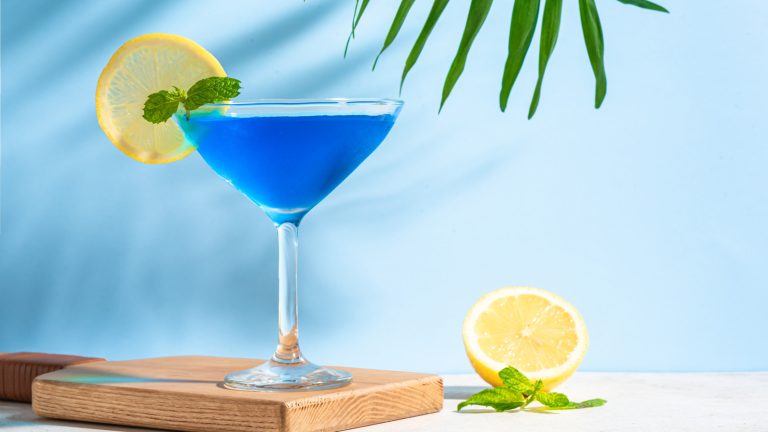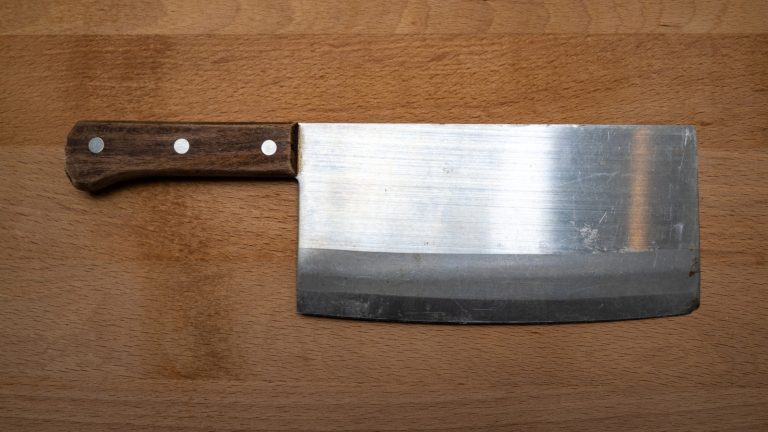Somewhere along the way, bitterness has become the gold standard for good coffee. Many drink it only for this bold flavor tone, eager to find that wake-up call in every sip. Be that as it may, there are still coffee lovers who want something softer, those who prefer a cappuccino over an espresso, where that bitter shout is merely a whisper. Milk, cream, and regular sweeteners are always there to help, and with Swedish egg coffee, you can also add egg to the long list of ingredients that temper coffee’s bitterness. It sounds a little odd and unfathomable, but hey, don’t knock it till you try it.
This traditional Swedish brew’s history dates back centuries, when coffee filters didn’t exist and people had to resort to filtering coffee through a sock, a sack, fish skin, or, in this case, eggs. Hence, the invention of this peculiar drink. In the 1800s, it was brought to Midwestern America from Sweden by Scandinavian immigrants. There, it was commonly served at church gatherings, so much so that it was dubbed with the moniker “church basement coffee.”
As the years go by, Swedish egg coffee has even turned into one of the reasons why egg coffee became a Minnesota tradition. In fact, nowadays, you can hardly find it in Sweden anymore. Rather, it’s more of a Swedish-American drink, where it mainly dwells in Minnesota households, restaurants, and state fairs.
How this method yields less bitter coffee
If you’ve heard of Vietnamese egg coffee, you know this isn’t the first time egg has made its way into coffee. However, Swedish egg coffee offers an entirely different interpretation of this combination. Making this drink starts with mixing coffee grounds and a whole egg (yes, shells included) with cold water. This process binds the protein from the egg to the bitter compounds of the coffee. Once you pour the mixture into boiling water, the egg coagulates and slowly forms a floating raft, separating those bitter grounds from the coffee liquid and making it clearer and lighter. As the water cools down or you pour in cool water, this raft sinks to the bottom. All that’s left to do is run it through a mesh strainer and enjoy your coffee.
This intricate process gives you a milder, clearer version of coffee, and don’t worry, there isn’t a trace of egg, not even in the aftertaste. Just imagine a regular cup of coffee, but with very little of that usual bitter bite or strong acidity, leaving space for other flavor nuances to shine. You’ll be able to relish in coffee’s natural nutty aroma and delicate sweetness a bit more without encountering an acrid taste or being overwhelmed by the heavy dairy often used to mask it. And the texture? It’s as light and smooth as you’d expect.






